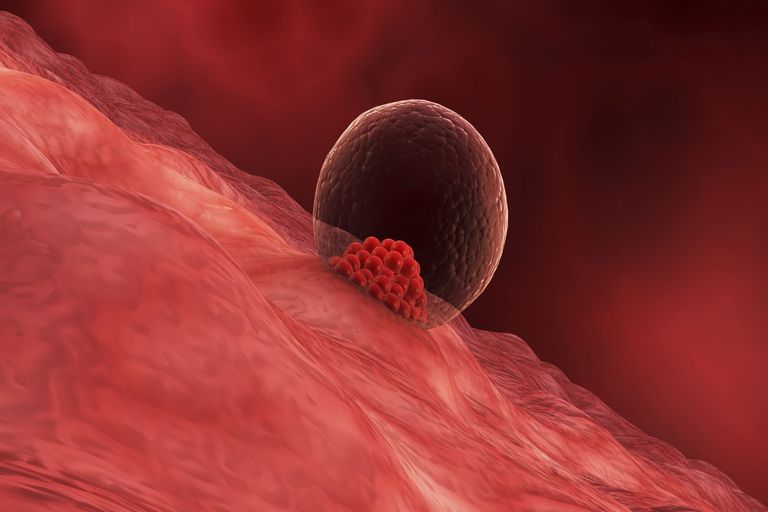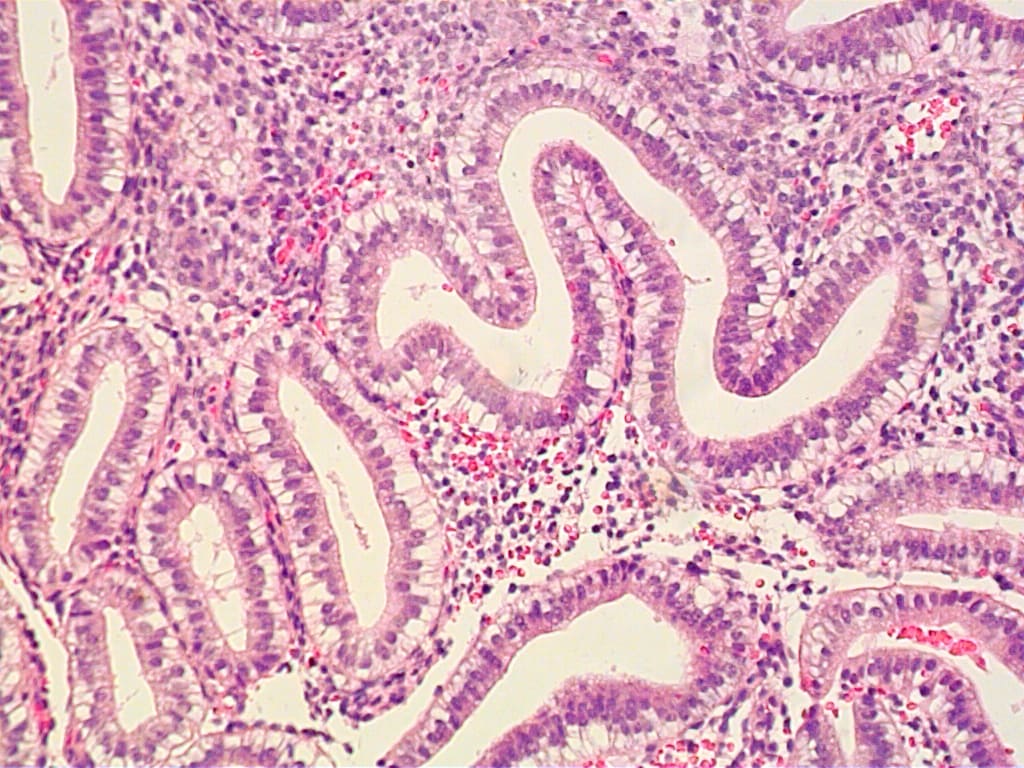ERA
Endometrial Receptivity Analysis

Endometrial Receptivity Analysis (ERA) is a test specially designed to evaluate the status of endometrium and its receptivity in order to avoid implantation failure. This test is very helpful in IVF treatments, where the doctors can find out the perfect time for embryo transfer, keeping a check on the endometrium which should be the most receptive at the time of transfer. When an IVF treatment fails, it gets very disheartening for the patients as well as the doctors. We then looked for answers in this respect and found out that not only the embryo quality i.e. the sperm and egg quality is important, but also the environment where we put the embryo. This environment is the endometrial lining in the women’s uterus, where the embryo implants and is integral to the success of pregnancy. Three in every ten women have a displaced ‘window of implantation’, hence this test provides us with a time frame within which the embryo transfer can be carried out and therefore optimizing the implantation chances of an embryo.
What is Endometrium?
An endometrium is the glandular mucosal membrane that lines the uterus. The thickness, structure and state of the endometrium undergoes marked changes during the menstrual cycle. An embryo in the blastocyst stage implants into this lining of uterus making the uterus gravid and hence the women pregnant. If implantation does not occur then the superficial part of the endometrium is shed off during the menstrual phase of the uterine cycle, called menses.
How does ERA work?
AnEndometrial Receptivity Analysis is a genetic test that analyses the genetic expressions to evaluate whether the lining has developed to receive an embryo. A latest scientific technology is used to evaluate the expression level of 248 genes to asses an optimal time to place an embryo into the uterus, promoting successful implantation and eventually a successful pregnancy. A small window of time is optimal for transfer and in almost 80% of women this window is in the time expected. The hope of this test is to find the women with altered window of implantation and then adjust the timing of medications in order to yield positive pregnancy results by increasing the chances of successful implantation.

What is the Procedure of ERA?
The procedure involved obtaining an endometrial biopsy on the specific days of your menstrual cycle, your infertility specialist or your gynecologist will give you an appointment for this biopsy. It is a small procedure that is carried out in the doctor’s clinic in which a tissue is collected from the endometrial sample taken from the uterus. The sample obtained is then sent to the lab for ERA testing. This testing involves the use of probes for the 248 endometrial receptivity genes and analyses the expression levels of these genes using Ribonucleic acid (RNA) sequencing, a process called hybridization. After hybridization, these signal intensities are read by a computerized predictor and the samples are labelled as ‘RECEPTIVE’ or ‘NON-RECEPTIVE’ according to their specific expression status. This is how the doctors can find out through ERA the need for a change in the timing of embryo transfer and allows for a personalized embryo transfer timing based on an individual’s result.
Who should opt for ERA test?
– Patients with implantation failure i.e. those who have had 2 or more failed attempts of IVF
– Those with recurrent failed implantation attempts despite having good quality embryos
– Those with normal endometrium morphologically and normal endometrial thickness of 6mm or more, where uterus and endometrium are unlikely to be the problem
– For women with displaced window of implantation; the ratio is 3 in every 10 patients
– For patients pursuing Frozen Embryo Transfer (FET), the doctors can time the embryo transfer within the time frame when the implantation could be most successful.
Benefits of ERA:
– ERA recommends the best time for embryo transfer by identifying the window of implantation thereby increasing successful pregnancy rates– The test is highly sensitive and accurate in detecting genetic expressions for endometrial receptivity
– ERA test resulted in a 73% pregnancy rate in couples with implantation failure.
An endometrium is said to be receptive when it is ready to receive an embryo for implantation. In a normal menstrual cycle of a fertile women this would occur between days 19-21 in each cycle. This receptive period for implantation is called the ‘window of implantation’. However, one of the main causes of implantation failure is the lack of synchronization between this endometrial receptivity and the embryo ready to be implanted. This makes it imperative to asses the endometrium and determine the optimal time for embryo transfer. Which can easily be performed using the ERA. While ERA is not necessary for every infertility couple undergoing treatment, it has proven to be a key intervention in couples who were not finding success otherwise.
